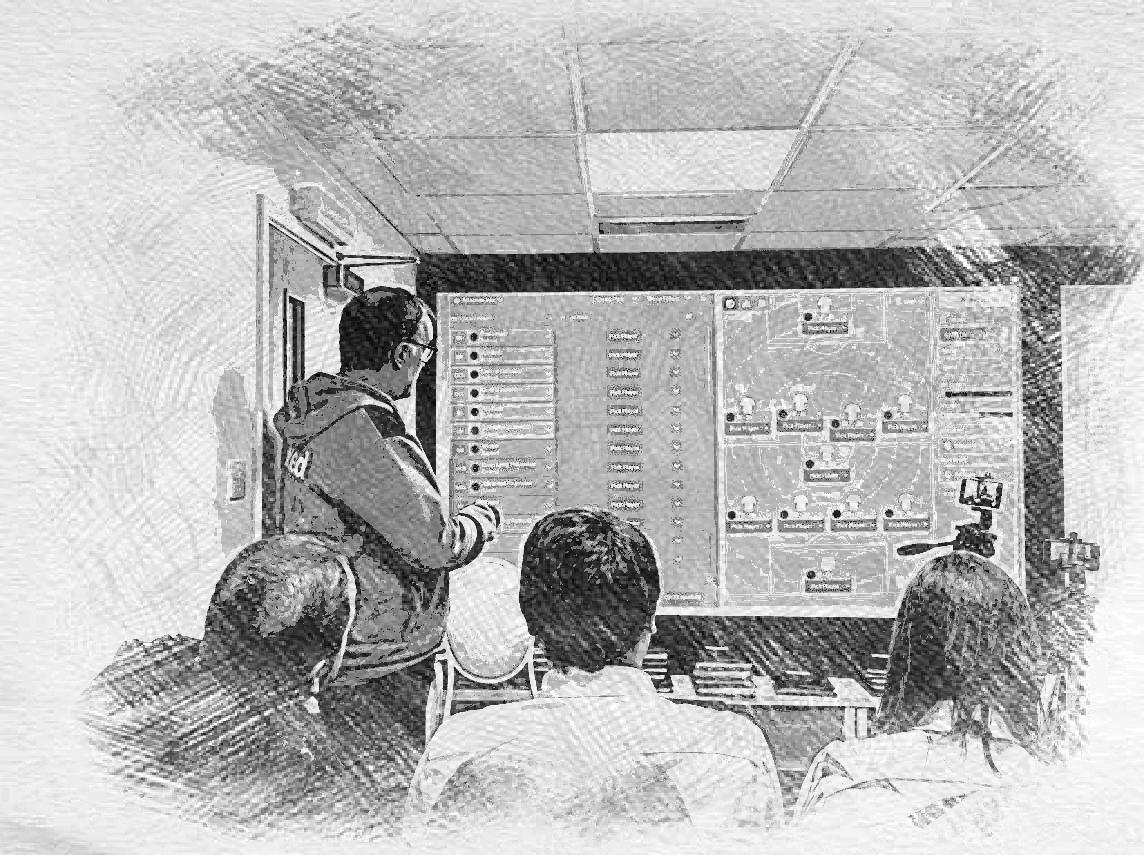
Young Devils – The Art of Keeping Tactics Simple
I have been getting many questions about the team instructions for the two possible formations that I revealed in my last article. I answered some of you to the best of my ability but I think that this article will be my opportunity to clear some things up and to discuss a few important tactical goals/challenges that I have in mind for my Young Devils. First of all I intend Young Devils Project to be much more focused than either of my previous efforts (Running Wolves and Dynamo Project). This means imposing some limitations on how I usually play Football Manager. I will be doing this to illuminate some overlooked options in the game’s tactical toolkit. For we often that there are so many ways to win in football, even in its virtual simulation form. And often keeping tactics simple is the best way!
Previously on Young Devils Series:
Keeping Things Simple, Bielsa-Style
So first things first. My plan is to avoid Team Instructions in my tactic. That means I will focus on producing my desired tactical style through Player Traits (PPM), Roles and Individual Instructions to further fine-tune the roles.
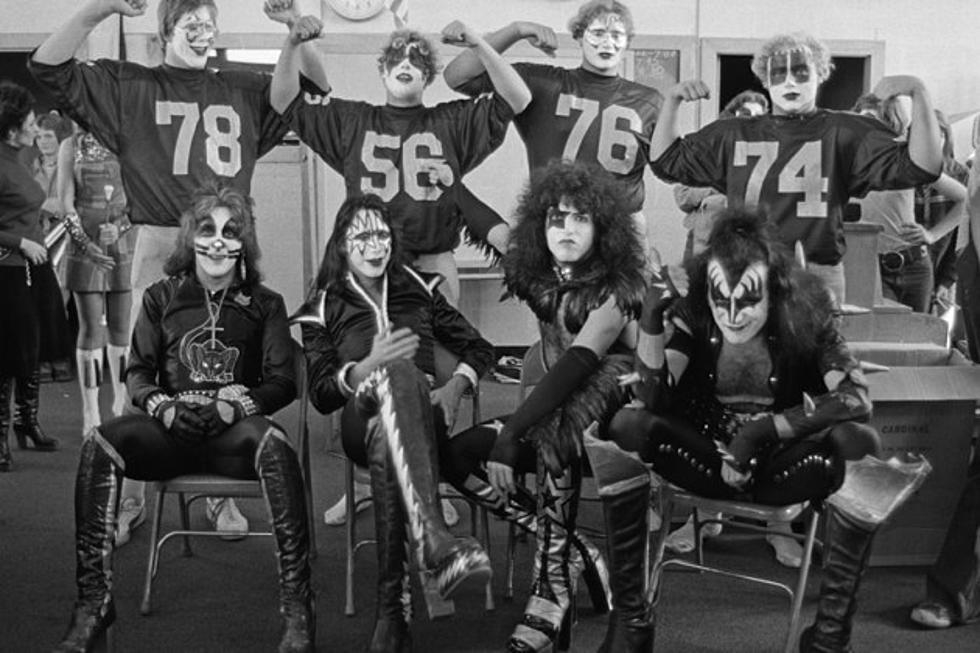
Before I get in the thick of the tactical discussion, there are a few important notes about this guided series. When I call it guided, it is to convey my main intent with the series. Each article is to be more than just an update of my save’s progress. Those who read my FM19 work will know that I like to mix up my tactical guides and save journeys. Meaning that I will give you frequent updates on how my team is doing inside my guides. So the usual youth development, transfers and trophies intermixed with my tactical ramblings. Those who prefer pure fm stories or just tactics analysis might be put off. There is a reason to the madness however.
I found that to test the effect of different tactical systems, it is best to stick long-term with one team. This way I can see the greater effect that a particular philosophy has over the long stretch of seasons. Thus making major changes season to season can isolate the effect of the overall tactic. For example, if using a short-passing, possession system, you then switch to hoofball in season four you might see your overall goals scored diminish. Given your veteran players, you might still win the title. Its one of the main reasons “plug-and-play” tactics work. If you win the league in your first season then you might think the tactic was sound. When in fact it was worse than average. The added context of using a different system for three prior seasons would have shown how inefficient your hoofball tactic was.
Spoiler Alert! Tactical Rant Ahead

Thus we come to the first major side note about this series. Any advise I give is not meant to produce immediate results with any team. Sure there is a chance you might see good results immediately sometimes. But to get consistently positive results, you need to be patient and persevere over the long-haul. There’s no “plug-and-play” or “plug-and-win” here
This project started out as a tribute to Bielsa and as fun youth-focused save with one of Premiership’s youngest squads. With time, as the final release approached, I started to gravitate towards a more specific objective for my save. Although now I realize it might sidetrack the series from a pure recreation of a Bielsa tactic to larger meta experiment.
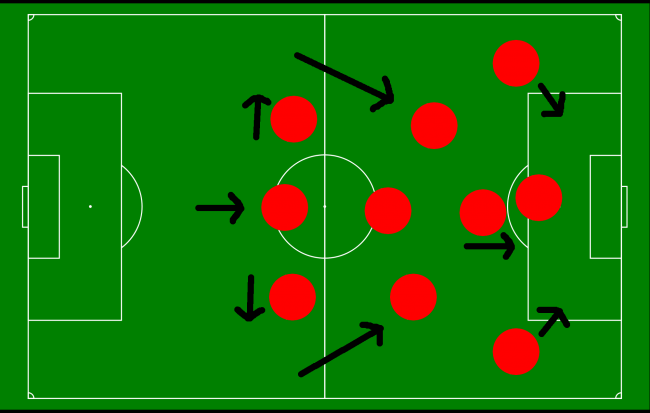
The experiment inspiration first came from the following thread started by Herne79 at Sports Interactive forums:
https://community.sigames.com/topic/487345-no-tactic-and-lots-of-experimental-shouting
The idea behind Herne’s experiment was simple enough. Try to show how one can create a successful tactic without any team or individual instructions. Just player roles and sideline shouts. His chosen team, West Ham United, ended up 3rd in the league (originally predicted to finish 6th). This understandably upset some forum readers who saw it as an inherent fault with the game engine. If you can simply win by “splaffing” willy-nilly (as one person put it) player roles into a formation, then what’s the point of all the tactical tweaking? Lets up pick the torches and pitchforks, folks! The game must be broken! Right?!

No, wrong.
The common misconception is that team instructions are always necessary for a tactic to be successful. The more the better! And so you get popular “plug-and-play” tactics like one below. Lets take a look.
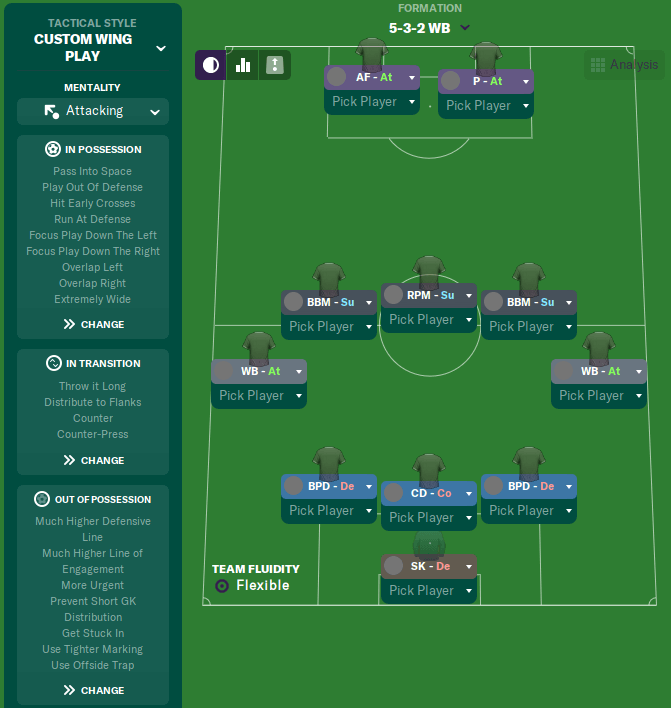
We see many such tactics with every version of Football Manager. If you ever go on some of the popular fm download sites then you are probably familiar with them. Often with very creative and catchy names like Bobo’s Destroyer, Aladdin’s Genie Tactic or Lord Lucifer’s Phallic Overload (Christmas Tree formation surely). Most have a few things in common. A gazillion team instructions, some conflicting or simply nonsensical (who are the wingbacks overlapping in the above tactic?). Most trying for some kind of gegenpress. And with a combination of very aggressive roles and mentality. If at least half the players are not attacking then you are doing something wrong, kind of approach. With only four attacking duties, and two strikers on attack this is actually a more tame example. Also note the lack of any kind of supporting striker. Hopefully you get the idea.
So why do we even need team instructions? If one can win without even bothering to set up any of them then what is the point you might ask. It is definitely not my intent to rip on some poor misguided “plug-and-play” tactic. But hopefully in the end I can encourage you to think about the game from a new perspective.
Not to get the wrong idea, there are some great successful tactics that rely on specific instructions. By themselves however team instructions are optional and are not needed to have a winning tactic. They never have been. There are exceptions of course. If you are trying to implement a specific style like gegenpress then you will probably need at least a few instructions. For example my FM19 Roma’s attacking possession style would not be possible without a minimum few instructions. Or if I was going for a faithful recreation of a famous manager’s tactic or one used by a specific team. Also team instructions help in effectively counteracting certain opposition tactics. Although as I will show soon, a simple role or mentality change is sometimes all you need.
Using the Full Toolkit
Roles
So introductory rant aside, what exactly does this mean for my Young Devils series? Simply put, I will be setting some limits on how I approach my tactic building. Partly to make it more of a challenge. But also to force myself to look at the game in a new way and fully use its vast tactical toolkit. We focus so much on team instructions at times and do not realize that keeping things simple can bring results just as easily. Things such as player roles, traits, formation shape and mentality can play as much importance, if not more, than instructions.
Starting with the roles, I will still be working with a Bielsa-inspired formation. So the aim remains to use Bielsa’s favoured roles like enganche and inverted wingback. Enganche is one role that I tried on many occasions previously but never got it to work as I wished. The other challenge will be getting the best out of inverted wingbacks. I also used them in the past but could never get them to assert themselves in the midfield. I definitely don’t want to see this role acting like a regular wingback, so I will be tweaking the formation to accommodate them.
Below, disregard the halfback. I tried it out but will probably continue using the anchorman. The anchorman provided better defensive stability and structure to the formation, especially coupled with the offensive anchor of the enganche.
Formation Shape

The placement of players and their roles is geared towards funneling the attack in one direction, towards the enganche and the three attackers ahead of him. The choice of Positive mentality was chosen to favour a patient possession approach, encourage play through the middle rather than more direct wing-play. I decided to go with the staggered midfield of mezzala and a single defensive midfielder to leave more space for the two inverted wingbacks to move in and support the midfield.
Hopefully this shape will encourage fast short passing game between the six players. I individually instructed all, except the mezzala, to pass short. I left more freedom to mezzala, as he is meant to be the dynamic link between the four forward players and the rest of the team. The enganche sitting in the hole between the midfield and attack, acts as the link in the build up to attack. He is hardcoded to hold his position while three attackers look for space to exploit in the final 3rd.
Individual Traits – PPMs
Without any general team instructions, I expect player individual traits to take on a much more importance. Hence carefully selecting players, first for their attributes for the specific roles and secondly for their PPMs, will be essential. As an example lets come back to the enganche and the attacking trio. At Manchester United I am lucky to have some great players with unique and varied sets of traits.
Our primary enganche Mata likes to come deep to get the ball and to try through balls often. Both of these PPMs are not available via individual instructions but will be quite essential to my tactic. Most of our forwards are also blessed with some unique traits, specifically “tries tricks” and “moves into channels”. Again both cannot be coded in through individual instructions. The tricks PPM is probably equivalent to “be more expressive” team instruction.
Also “moves into channels” is good to have on the wide attackers because with the exception of Wide Targetman, no roles on the wing can use this instruction. So after “tries trick” that will be the next PPM that I will be training in all my attacking players. The idea being that while my #10 playmaker remains a stationary creative hook the rest of the attackers (including the mezzala) need to be dynamic in their movement around him. Hopefully by flooding channels on the left we will be able to unlock the right side with one very fast player. Someone like Daniel James or Rashford could find space for a run and pass to our central striker. Its a classic overload set up that I will discuss at more length in my future articles.
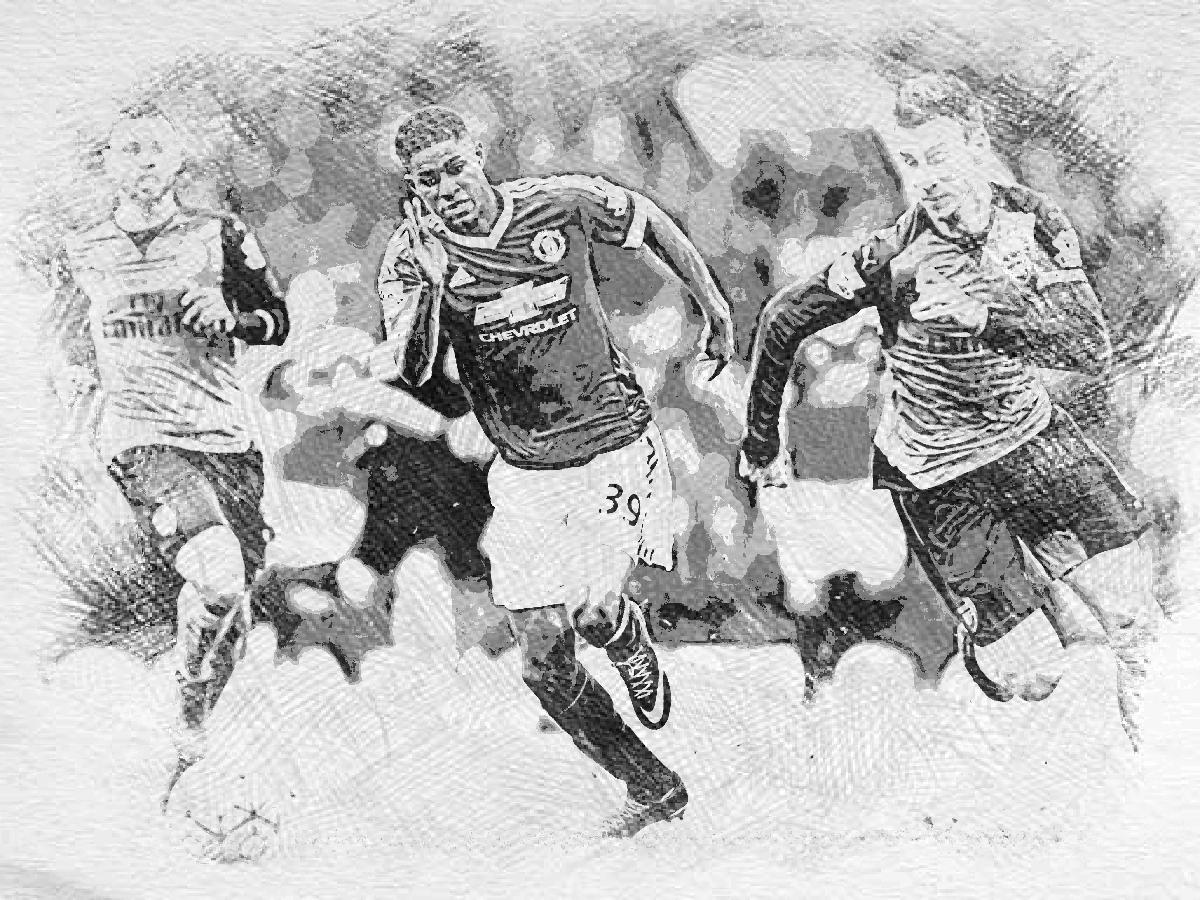
Hope you enjoyed my articles so far and continue to follow this series as it develops and my Young Devils go from U23 to Champions League glory! In the next part I will be sure to give a proper introduction to who exactly they are and how I intend to develop them.

Feel free to follow and like us @ Dictate The Game’s Facebook and Dictate The Game’s Twitter
2 thoughts on “Young Devils – The Art of Keeping Tactics Simple”
Muy bueno….
Enlace a táctica para probarla tal cual configuro su autor…
Soon 🙂